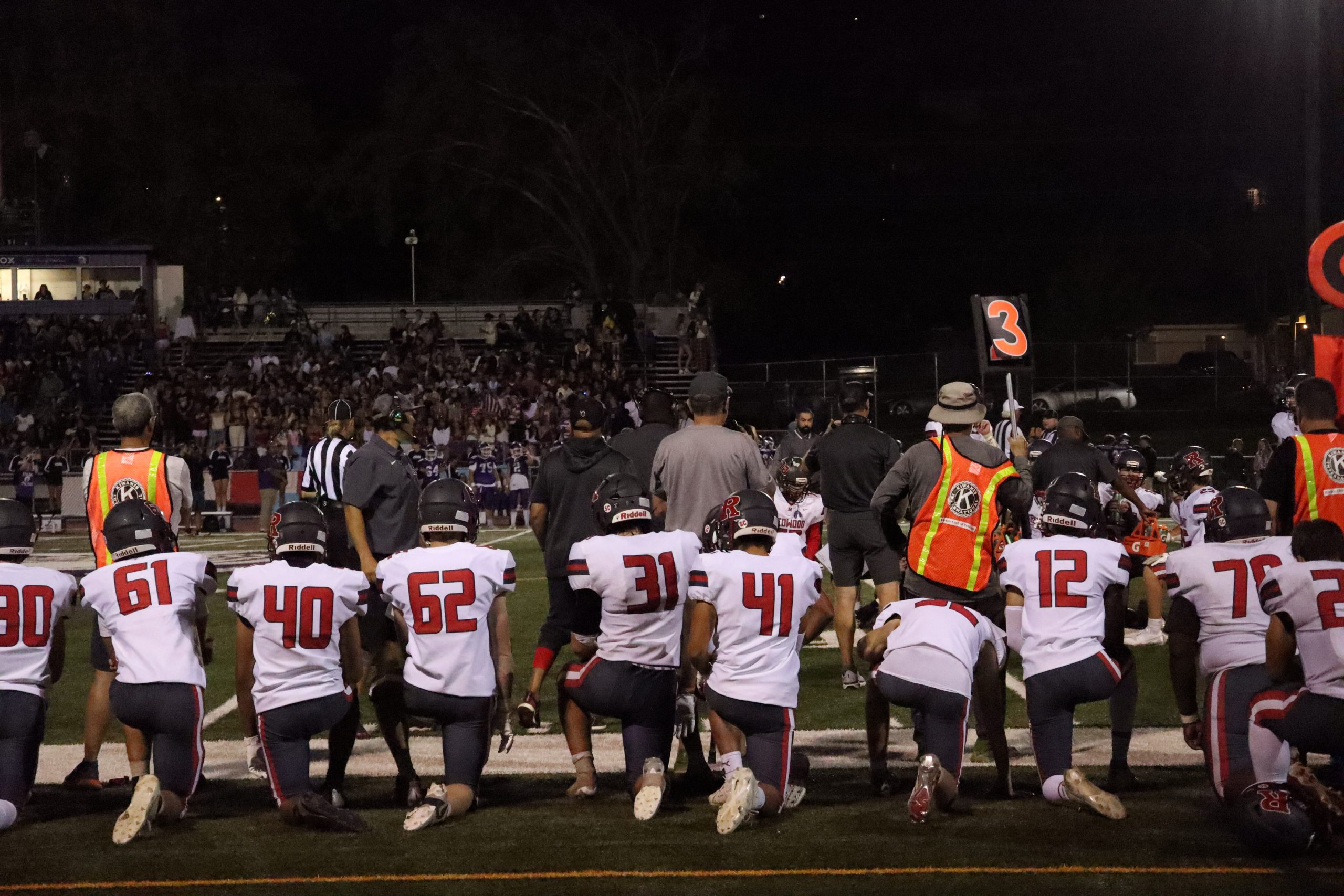Leaping over language barriers in leadership
October 28, 2022
Over the past few years, Redwood’s curriculum has shifted towards concentrating on racial disparities in the community through anti-racism seminars, guest speakers, various race trainings and more. Although over 69 percent of Redwood’s student body identifies as white, students, teachers and administration have made it a priority to introduce initiatives that address racism — both microaggressions and blatant racism — at school. While these efforts are vital in making Redwood a safe and welcoming place for all students of color, there is often a forgotten group at our school that can encompass many socio-economic factors. Redwoods’ student-run leadership organizations, including Link Crew, Leadership, Peer Resource, Bark and more, lack socio-economic diversity. More specifically, students from lower-income households or students who do not speak English fluently, are underrepresented.

Although recruiting students enrolled in Redwood’s English Language Development (ELD) program to leadership organizations may be easier said than done, the student body must find a way to give every student a voice. People often use the language barrier as an excuse to explain the reason that students are not featured in our leadership programs. Despite this, there are many steps that can be taken to directly address these obstacles that inhibit students from feeling welcomed and empowered to join leadership programs.
A simple solution to this issue is assigning bilingual students to the various leadership entities to translate. This will not only bind a bridge between English learners and English-speaking students, but also promote various points of view. In addition, programs like Leadership and Peer Resource can have dedicated bilingual students. More specifically, a bilingual Spanish and English-speaking student could be accepted into these programs to account for the language barrier between English-speaking students and Spanish-speaking students. This student could help facilitate communication and emphasize the voice of minority groups at Redwood. The perspective of these students, or any minority, is vital to our community, as they are often some of the most underserved and underrepresented students.
Misconceptions regarding ELD students, often pertaining to intelligence due to a lack of English fluency, only worsen their struggles. According to an article by the Washington Post, “Because [ELD students often] speak little English, they [can be] misclassified as disabled and placed in special-education classes. Some deserving, English as a Second Language (ESL) students are denied enrollment in programs for gifted students.”
Encouraging the inclusion of English-learning students in our leadership programs would open up a variety of opportunities — making decisions for our student body, giving feedback on our student press and much more. In addition, incorporating these students will likely help debunk many beliefs among English-speaking students and faculty.
Moreover, it is important to recognize that Redwood’s leadership programs consist primarily of the same students across the board. While there are many leadership opportunities at school, only a handful of students are truly involved. One could argue that this is by choice or random selection by teachers. However, Redwood has a student population of nearly 2,000: the chances that not even one student in each demographic represented at Redwood wants to participate in any form of leadership seems fairly unlikely.
This is not to say that the disparities across the leadership classes are the fault of any individual, but rather a failure in communication. While many leadership organizations act independently, recognizing which students are involved in various programs may help incorporate more students overall. For example, Peer Resource may not consider who is involved in other programs such as Bark or Leadership during the admissions process. Many of Redwoods’ programs are highly selective, only accepting the “most involved” or “academically achieving” students. While this may seem to make sense at first, it polarizes our school. Ensuring that all students have an equal opportunity to contribute to leadership at Redwood should fall into the hands of the administration. They can serve as mediators to ensure that programs like Peer Resource, Link Crew, Leadership, Bark and even Homecoming Court include not only a diverse group of students — in race, gender, various native languages and more — but also more students across the board.
Obviously, neither Redwood’s student body nor administration can force any student to apply for a leadership position, nor do we want students to feel like they are being asked to participate based on their socio-economic status. Instead, Redwood should take a step to advocate for the overall inclusivity of everyone. This can ensure that all students not only feel comfortable joining any leadership program but are also inspired and welcome to do so. Uncomfortably approaching assumed English-learner or lower-income students and asking them to join is not a solution; however, pitching leadership to ELD classes may encourage students and help them feel supported and appreciated.
If Redwood wishes to label itself as an all-inclusive school, we must first ensure that our leadership is diverse in all aspects. Even setting aside socio-economic factors, leadership programs cannot portray a true depiction of our school if they disproportionately consist of the same groups of students. We must find a way to include all students, specifically those of lower socioeconomic statuses or in primarily non-English speaking households, to ensure that Redwood is truly a home to students where all voices are heard.







